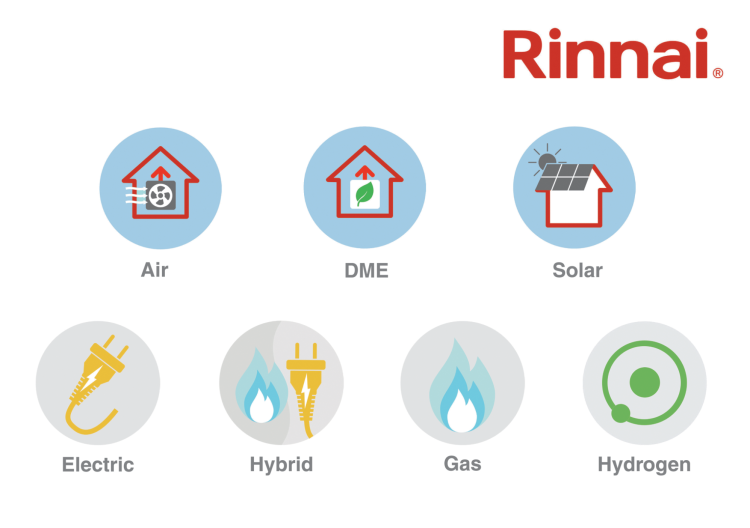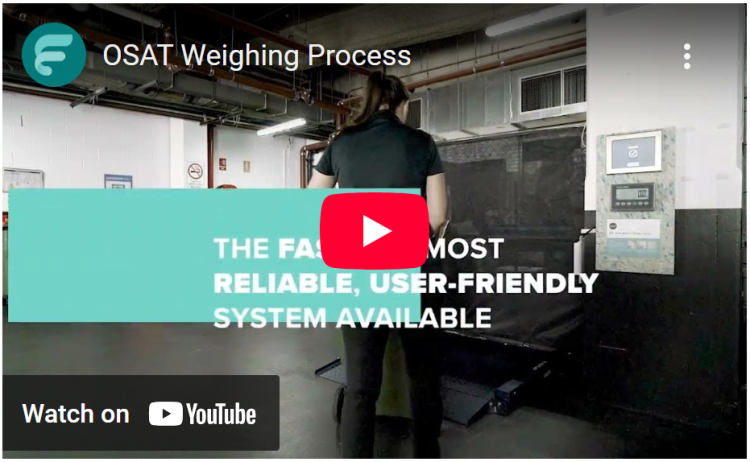18 November 2024
Karl Breeze from Matrix Booking discusses how to strike the right balance between in-office and remote work in a business.
Karl joined Matrix Booking as CEO in August 2020, just as the company was separating from its parent company, Keytree, and amidst the chaos of the COVID-19 pandemic. With his extensive background in IT, software development, and business leadership, Karl was the right person to guide Matrix Booking through this tumultuous period. His leadership helped the company navigate its newfound independence, and he has continued to drive its growth by focusing on innovation and customer-centric solutions in the rapidly evolving landscape of hybrid work.
Uncovering Hybrid Working Trends
For every action, there’s an equal and opposite reaction. For example, when it comes to hybrid work, every push for remote flexibility meets a pull towards office mandates. Finding the right approach is no small feat.
Organisations face the challenge of filling empty offices that drain resources. At the same time, they need to tap into the appeal of remote work, which, among other benefits, promises a broader talent pool and caters to the preferences of the incoming workforce.
Striking the right balance between in-office and remote work is a complex task. Trends like coffee badging, hushed hybrid and the decline of hot desking add to the complexity. However, these trends can also help us find the way forward. By examining them, we can uncover the underlying dynamics of hybrid work and learn how to separate fact from fiction.
Coffee Badging
In 2023, a report found that more than half of US workers admitted to making only very brief appearances in the office to fulfil attendance requirements. This trend, known as coffee badging, involves employees grabbing a cup of coffee, chatting briefly with co-workers and then slipping out to work remotely.
A year later, coffee badging has become a way to meet hybrid work policies without genuinely engaging with in-office activities. It reflects a disconnect between corporate mandates and employee preferences. The fact that employees show up only briefly to avoid penalties highlights the need for a more nuanced approach to hybrid work policies.
For example, Amazon now requires minimum hours of attendance, varying from two to six hours. But instead of solving the problem, this has created confusion and stronger pushback from employees, who find the policy non-transparent and overly rigid.
To address coffee badging effectively, employers can use occupancy data that tracks not just presence but actual engagement within the office. Non-intrusive methods such as aggregated badge swipes, workspace bookings and voluntary check-ins, can provide valuable insights. For example, employees might swipe their badges upon entry and exit, book meeting rooms or log participation in collaborative projects.
By analysing this data, employers can develop targeted policies to encourage meaningful office presence. Offering more flexible scheduling, creating collaborative spaces or enhancing valued amenities can promote engagement. Focusing on actual engagement enables organisations foster a productive and satisfying hybrid work environment.
Hushed Hybrid
A more subtle form of rebellion against rigid return-to-office policies is hushed hybrid, where managers secretly allow employees to maintain flexible work arrangements despite official mandates.
Dell is a prime example as employees and managers defy strict attendance requirements. Despite penalties for remote work, internal data revealed that many employees continue to stay home with managers choosing not to enforce these new policies.
This trend reflects a clandestine battle between employers and staff over home working. Managers act as peacekeepers, permitting flexibility to avoid conflicts. A recent hybrid work survey found that 70 per cent of managers across various companies have chosen not to enforce their company’s office attendance policy.
While this satisfies employees in the short term, the wider impact on organisational culture could be detrimental. Organisations could bridge this gap by promoting open communication and using data to develop transparent hybrid work policies. Understanding employee preferences, productivity metrics and actual office usage, can help create balanced policies that align corporate goals with employee wellbeing. This approach can mitigate the adverse effects of hushed hybrid and nurture a more connected and cohesive work environment.
Decline of Hot Desking
The proclaimed end of hot desking has also gained attention in hybrid work discussions. In this set-up, employees use available workspaces instead of having assigned desks, but some organisations now believe that offering assigned desks will attract employees back to the office.
However, this approach can be shortsighted. Like parents bribing children to comply, companies might find that perks like dedicated desks won’t sustain long-term satisfaction or attendance.
To address attendance issues effectively, organisations should focus on the underlying factors that influence office presence. Accurate workspace occupancy data and employee feedback can provide meaningful insight. For example, analysing which office areas are frequently or rarely used can provide inform better resource allocation. Anonymous surveys can also help gauge employee preferences without invading privacy.
Understanding real usage patterns and employee needs can help companies create policies that encourage meaningful office presence rather than superficial compliance. By focusing on actual engagement, organisations can nurture a productive and satisfying hybrid work environment.
Mastering Hybrid Work Strategies
Finding the sweet spot between in-office and remote work is undoubtedly complex. However, understanding the hybrid work dynamics and using data-driven insights can help organisations create tailored plans that reflect their unique workforce and circumstances. This involves a few key elements.
First, respect employees. Give them a voice and listen to it. Engage in open dialogue to address concerns and develop policies that reflect mutual understanding. This builds trust and ensures that policies are more likely to be embraced.
Second, rely on accurate data. Collect comprehensive data on occupancy, employee habits and productivity. Review both planned and actual occupancy data to gain clear visibility into workspace use. This helps accurately assess and improve office spaces.
Third, create flexible workspaces based on employee preferences. Provide essential resources, identify congested and underused areas, and improve the layout. Flexible, well-equipped spaces help employees work efficiently and comfortably.
By focusing on these principles, organisations can make hybrid work smoother and more effective. If done right, the issues behind current workplace trends will be fleeting, leaving us with a more engaged and productive workforce.
Picture: a photograph of two people seated at desks in a booth, working on laptops and in discussion. Image Credit: Unsplash
Article written by Karl Breeze | Published 18 November 2024
Share
Related Articles
British Council for Offices Publishes Guidance for Hybrid Working Environments
A guide to help facilities managers create workspaces for the hybrid working generation has been published by the British Council for Offices.
The BCO’s flagship...
Read Full Article
New WELL Rating for Co-Working Spaces Launches
The International WELL Building Institute has introduced a new building health rating specifically for co-working spaces.
The WELL Co-working Rating, administered by...
Read Full Article
British Council for Offices Publishes New Research Agenda
The British Council for Offices has unveiled its new research agenda, with a vision for the office as a sustainable part of the built environment.
The briefing note...
Read Full Article
Breaking the Sound Barrier – The Impact of Office Noise on the Working Day
Emma Hendry from JLL Consulting looks at how poor acoustics and a lack of privacy affects employee concentration.
Emma is the People Experience Managing Director for...
Read Full Article
6/10 UK Hybrid Employees Work Longer Hours When Working From Home
Research from Compass Group shows that six in ten UK hybrid workers said they tend to work longer hours when working from home.
The survey of 35,000 workers across 26...
Read Full Article
AWA Hybrid Index Report Shows Employers are Cutting Back on Office Space
With workers coming into the office an average of 1.75 days a week, companies are finding their real estate needs reduced.
The latest AWA Hybrid Index Report, which...
Read Full Article
Sodexo Research Says UK Employees Still Prefer Remote Working
New research from Sodexo shows that the majority of workers are happy with working in a hybrid pattern.
Two thirds of those surveyed said they were satisfied with...
Read Full Article
Cushman & Wakefield Survey Reveals CRE Occupier Demands
A “what occupiers want” survey from Cushman & Wakefield gives a glimpse into occupiers’ approach to workplace decisions.
Conducted in partnership...
Read Full Article
Companies Gain 2 Extra Weeks of Work a Year from Hybrid Employees
On average, hybrid working employees deliver nearly two extra weeks of work a year for their employer as well as working harder and better in a hybrid...
Read Full Article
Mace Report Finds Hybrid is Most Popular Working Style
A new report into workplace trends by Mace shows that hybrid working alongside a collaborative central office space is the most popular post-pandemic working...
Read Full Article
.gif)
.gif)

.gif)
.gif)




.png)



.png)




